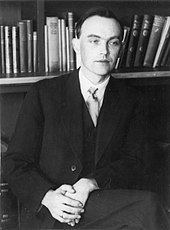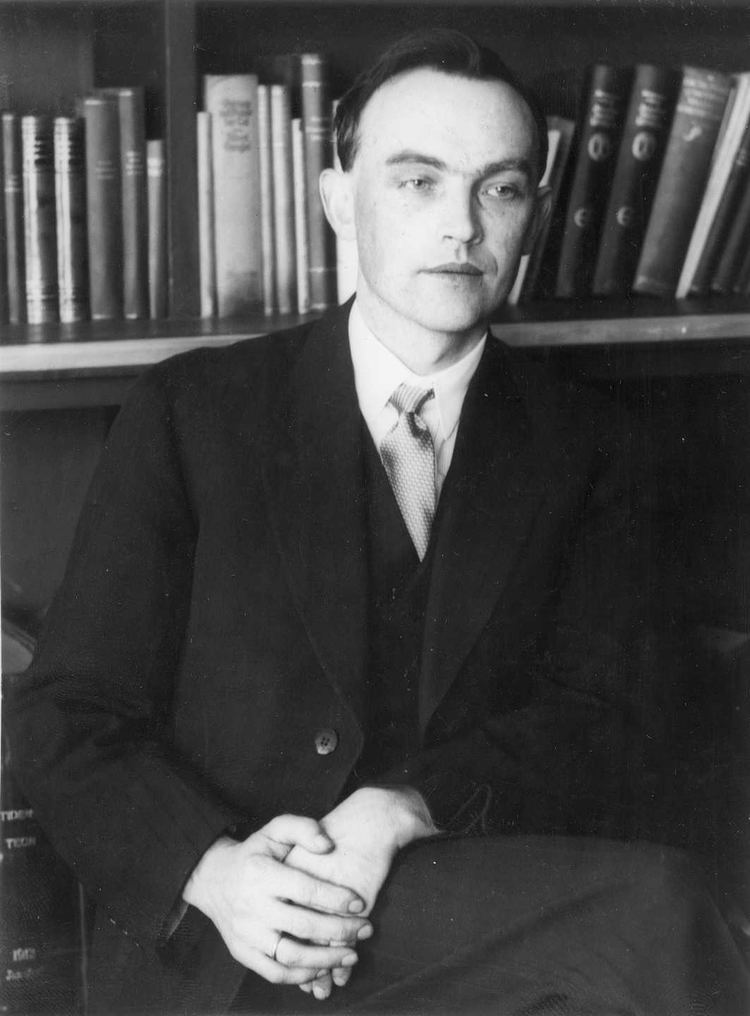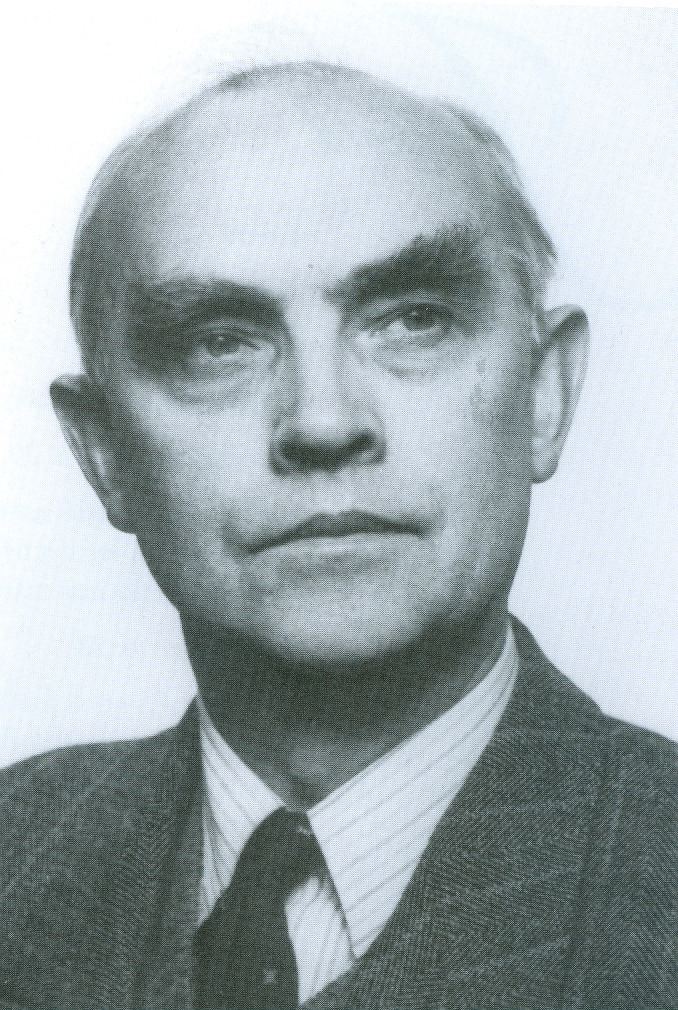Name Svein Rosseland | Role Astrophysicist | |
 | ||
Died January 19, 1985, Baerum, Norway | ||
Svein rosseland har selv komponert tonene til sin egen sommerutstilling 2015
Svein Rosseland (March 31, 1894, Kvam, Hardanger – January 19, 1985, Bærum) was a Norwegian astrophysicist and a pioneer in the field of theoretical astrophysics.
Contents
- Svein rosseland har selv komponert tonene til sin egen sommerutstilling 2015
- Biography
- Legacy
- Selected works
- References

Biography

Svein Rosseland was born in Kvam, in Hardanger, Norway. Rosseland grew up the youngest of nine siblings. He went to his final exams in Haugesund in 1917 and then went to the University of Oslo. After only three semesters at the University he left in 1919 to work as an assistant professor with the meteorologist Vilhelm Bjerknes at the Bergen School of Meteorology. In 1920 he went to the Institute of Physics (now the Niels Bohr Institute) in Copenhagen, where he met Niels Bohr and other prominent physicists, and where he wrote two seminal papers. He spent 1924–1926 as a Rockefeller Fellow at the Mount Wilson Observatory in Pasadena, California.
In 1927, Rosseland earned a PhD. from the University of Oslo. As a professor at the University of Oslo from 1928 to 1964, he built up and headed academics at the Institute for Theoretical Astrophysics (Institutt for Teoretisk Astrofysikk). Rosseland was a key participant when the University of Oslo built the Institute for Theoretical Astrophysics in 1934, using funding from the Rockefeller Foundation. Between 1929-30 he was a guest professor at the Harvard College Observatory. In 1934 he founded the journal Astrophysics Norvegica, published by the Norwegian Academy of Science and Letters. In 1936 he published his textbook Theoretical Astrophysics, which contained numerous original contributions. Rosseland was instrumental in the effort behind the building of the Oslo Analyzer, finished in 1938 and for four years the world's most powerful differential analyzer.
With the German occupation of Norway in World War II, he fled the country and went to the United States where he was appointed professor at Princeton University. In 1943 he went to London to work with the development of radar by the British Air Defense Ministry and later at the Admiralty, where he worked on underwater explosions. He was also a consultant for the U.S. Time Corporation, a company that later evolved into the Norwegian-owned company Timex Group USA. In the war's final years, he worked on military research at Columbia University.
Rosseland returned to Norway in 1946. In the postwar period he was involved in the development of the Norwegian research policy and was among those involved in the creation of the Institute for Energy Technology which was established in 1948 and Norwegian Academy of Technological Sciences which was founded during 1955. He was also the driving force behind the creation of Harestua Solar Observatory located at Gunnarshaugen in Oppland, which was inaugurated in 1954.
Rosseland was Norwegian delegate to the CERN Council in the early days of the organization.
Legacy
In 1957 he was decorated Commander of the Royal Norwegian Order of St. Olav. The minor planet 1646 Rosseland and the lunar crater Rosseland are named after him, as is the Rosseland mean opacity. The Institute of Theoretical Astrophysics at the University of Oslo is housed in "Svein Rosseland's House". In honor of the 100th anniversary of his birth, the Svein Rosseland Centenary Symposium was held at the Norwegian Academy of Science and Letters in Oslo during June 1994. A bust of him was also erected at Steinsdalsfossen near his home in Norheimsund.
